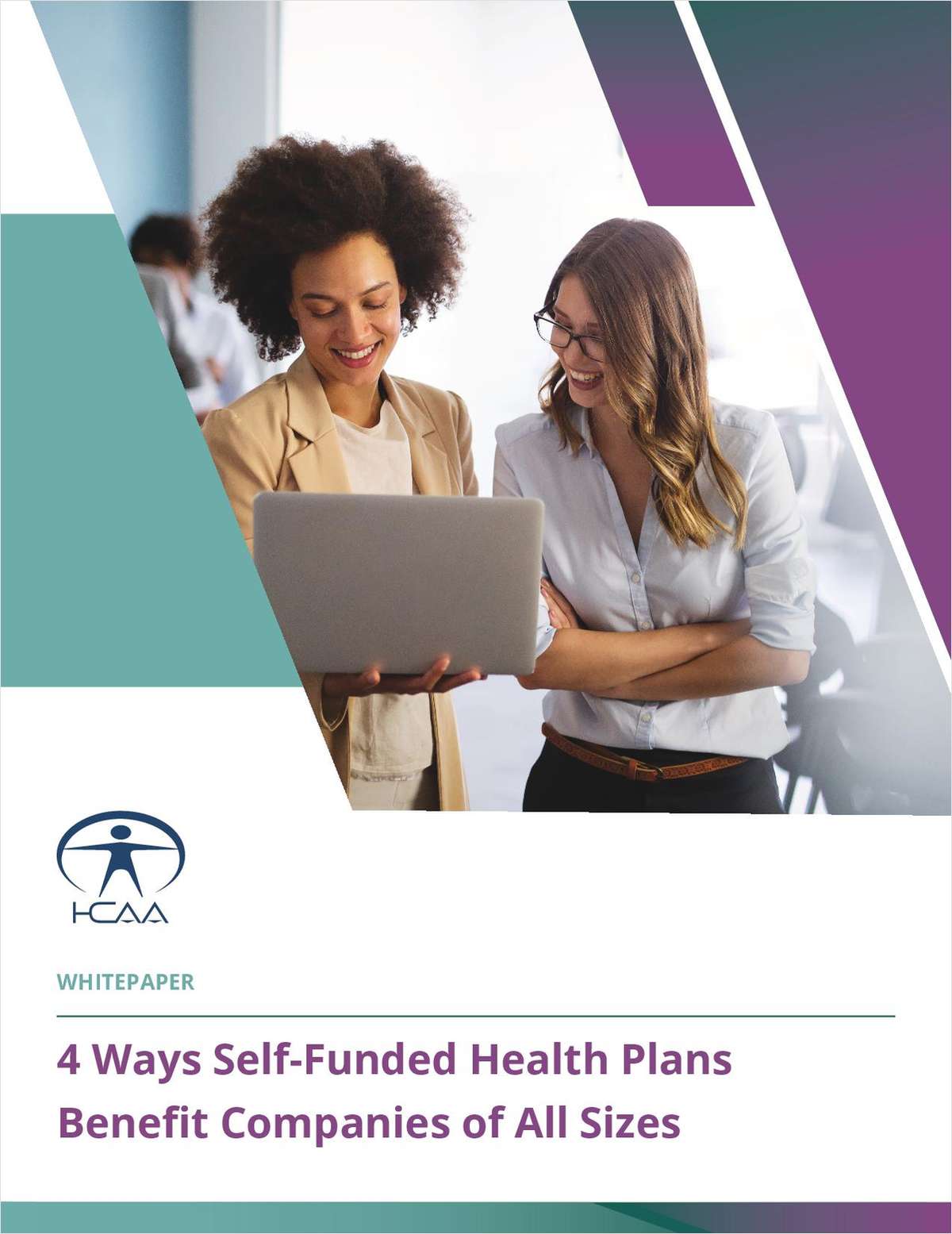 Underemployed workers—those who have been laid off or experienced reduced hours—report lower overall emotional, physical, and financial health compared to full-time workers.(Photo: Shutterstock)
Underemployed workers—those who have been laid off or experienced reduced hours—report lower overall emotional, physical, and financial health compared to full-time workers.(Photo: Shutterstock)
A new study from Guardian Life Insurance Company suggested that employers have some work to do in improving the overall health and well-being of their employees. The study, "Mind, Body, and Wallet," is the 10th annual report on workplace benefits by the insurance company.
Continue Reading for Free
Register and gain access to:
- Breaking benefits news and analysis, on-site and via our newsletters and custom alerts
- Educational webcasts, white papers, and ebooks from industry thought leaders
- Critical converage of the property casualty insurance and financial advisory markets on our other ALM sites, PropertyCasualty360 and ThinkAdvisor
Already have an account? Sign In Now
© 2024 ALM Global, LLC, All Rights Reserved. Request academic re-use from www.copyright.com. All other uses, submit a request to [email protected]. For more information visit Asset & Logo Licensing.








